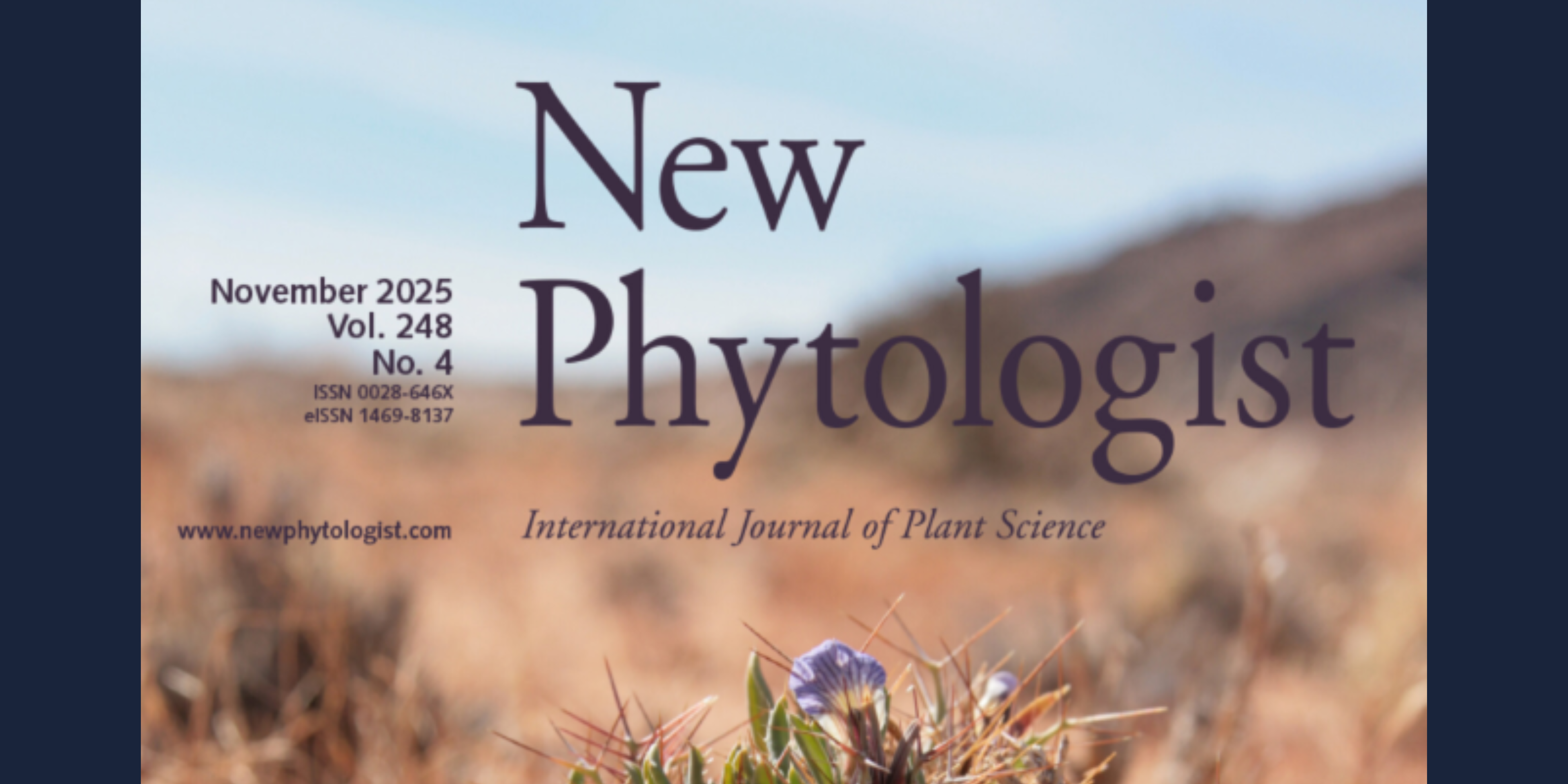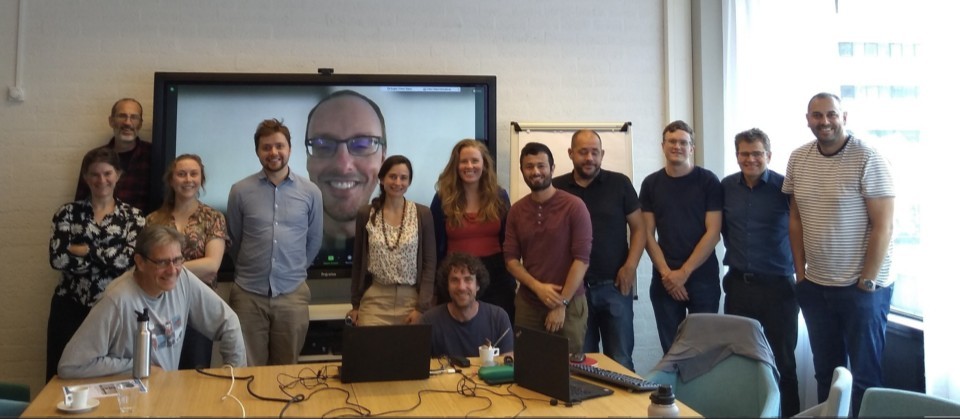NEWS ARTICLES / NOVEMBER 2025
The first multi-model benchmarking study identifies growth and mortality rates as critical variables in VDM development
Wed 4 November 2025, NGC Communication Team

NEW NEXTGENCARBON PUBLICATION A
newly published study has highlighted the need to refine post-disturbance
establishment conditions, such as after fire or storm, for the development of
vegetation demographic models. This includes using specific benchmarking
variables to improve predictions of how forests will respond to environmental
change.
The third scientific paper
from NextGenCarbon was published in New Phytologist - International Journal of
Plant Science on 23 October. “Demography, dynamics and data: building
confidence for simulating changes in the world's forests”discusses how
identifying critical variables, such as growth and mortality rates, have
improved our understanding of vegetation demographic models (VDMs). NGC
colleagues
The article discusses the recent advancements in
NextGenCarbon makes use of vegetation demographic models such as
“This allowed us to test some of the underlying assumptions of RED against real world data for forests that are not in a demographic equilibrium. This sort of evaluation work is vital as we endeavour to develop better predictive models of global forests. We hope to take model evaluation to the next level using the new data sources being made available through NextGenCarbon”, says Peter Cox, who is Professor of Climate System Dynamics in Mathematics and Director of the Global Systems Institute at the University of Exeter.
The study revealed the diversity in approaches to simulate forest demography currently implemented by the different modelling teams, and the need to advance the monitoring of mortality and recruitment - Sebastiaan Luyssaert
Another model, The CLM-FATES, was run as part of this study by Jessica Needham, who was formerly with the Lawrence Berkeley National Lab and has recently joined CICERO and NextGenCarbon as Senior Researcher.
“Many upgrades to reporting of mass and individual fluxes and pools in FATES were facilitate by this study, and these will provide a very solid basis for intercomparison of demographic models and data within NextGenCarbon”, comments Research Professor Rosie Fisher from CICERO.
Lastly, the ORCHIDEE team contributed to the study with simulations carried out by with the trunk of the ORCHIDEE model (v4). The ORCHIDEE simulations were done by Guillaume Marie, an expert in multi-scale ecosystem modelling at Science Partners and Sebastiaan Luyssaert, Associate Professor in Systems Ecology at Vrije Universiteit Amsterdam.
“The study revealed the diversity in approaches to simulate forest demography currently implemented by the different modelling teams, and the need to advance the monitoring of mortality and recruitment”, summarises Sebastiaan Luyssaert.

The team at the first D-BEN meeting in Amsterdam. Photo: Rosie Fisher
_____
Read the open access paper from New Phytologist:
Eckes-Shephard, A.H., Argles, A.P.K., Brzeziecki, B., Cox, P.M., De Kauwe, M.G., Esquivel-Muelbert, A., Fisher, R.A., Hurtt, G.C., Knauer, J., Koven, C.D., Lehtonen, A., Luyssaert, S., Marqués, L., Ma, L., Marie, G., Moore, J.R., Needham, J.F., Olin, S., Peltoniemi, M., Piltz, K., Sato, H., Sitch, S., Stocker, B.D., Weng, E., Zuleta, D. and Pugh, T.A.M. (2025), Demography, dynamics and data: building confidence for simulating changes in the world's forests. New Phytol. https://doi.org/10.1111/nph.70643
